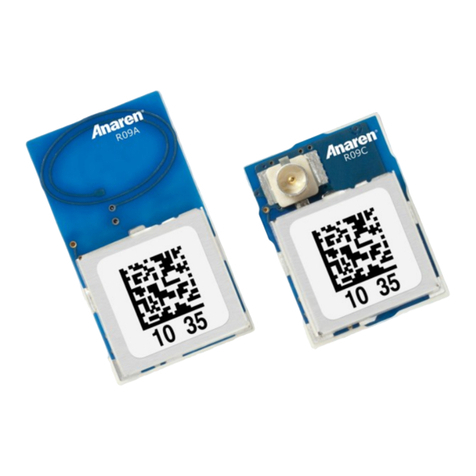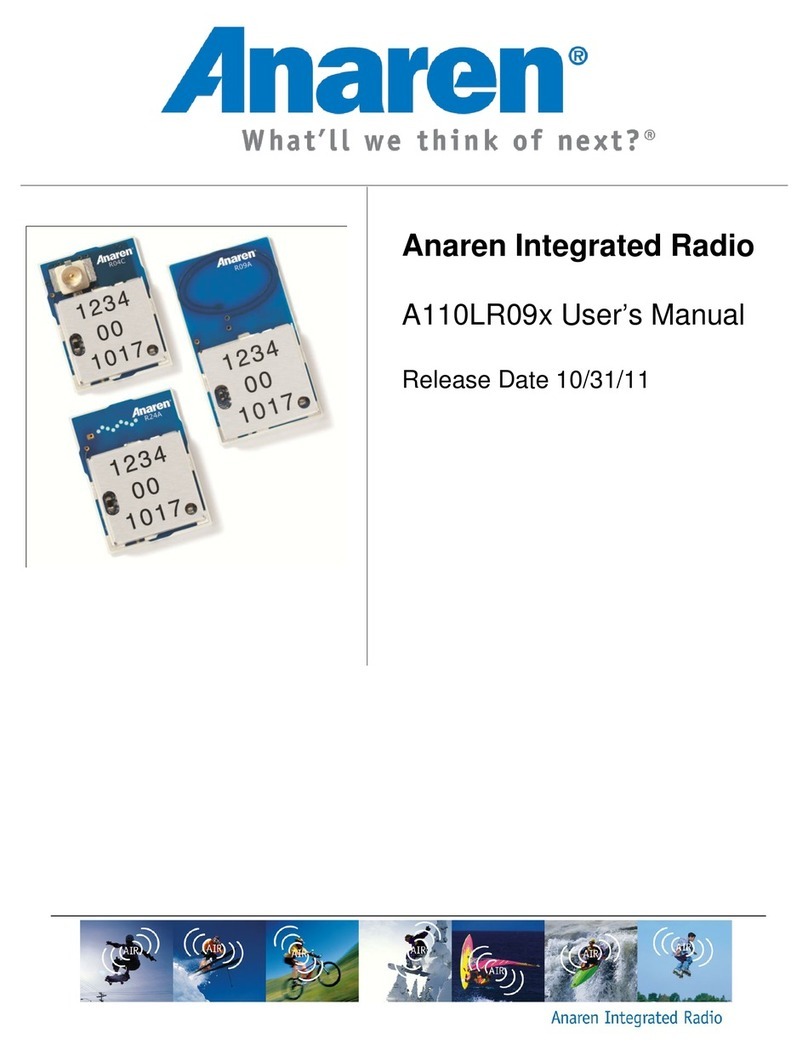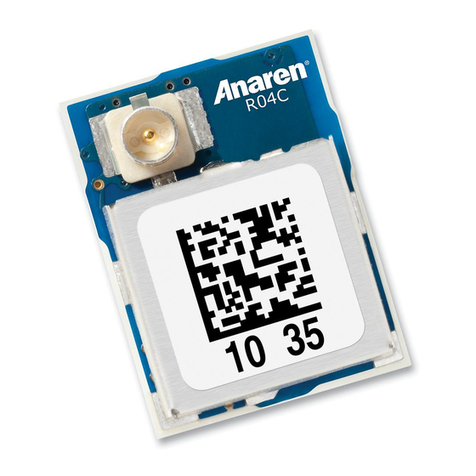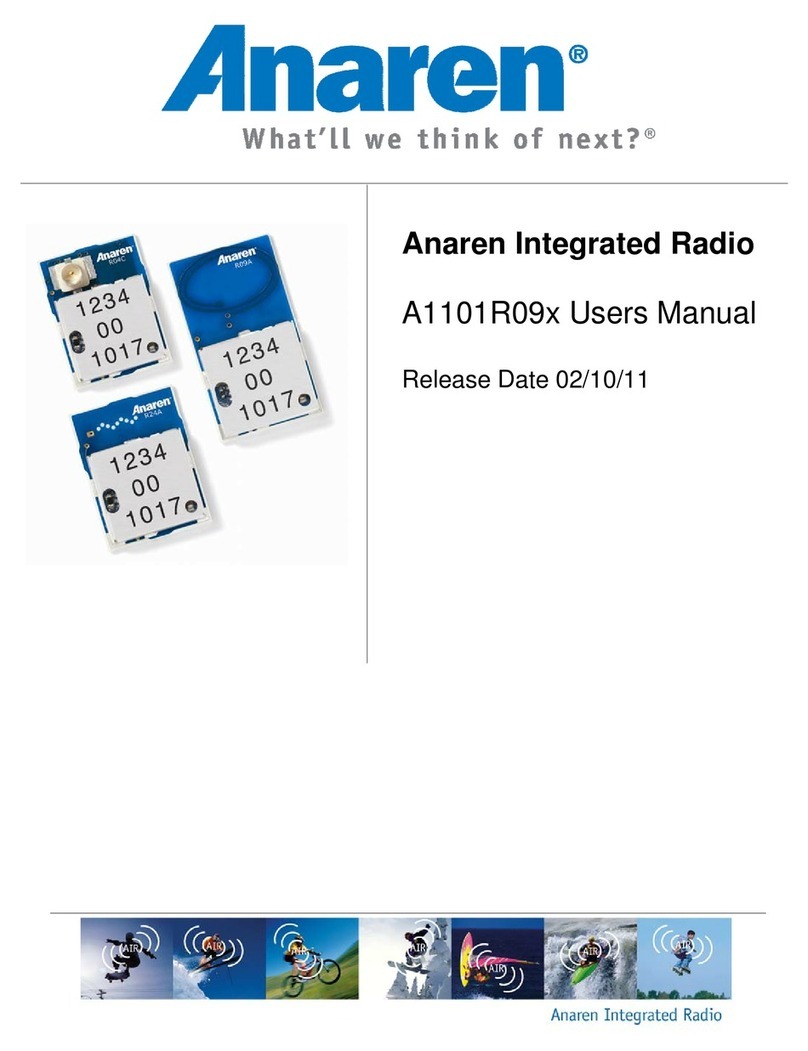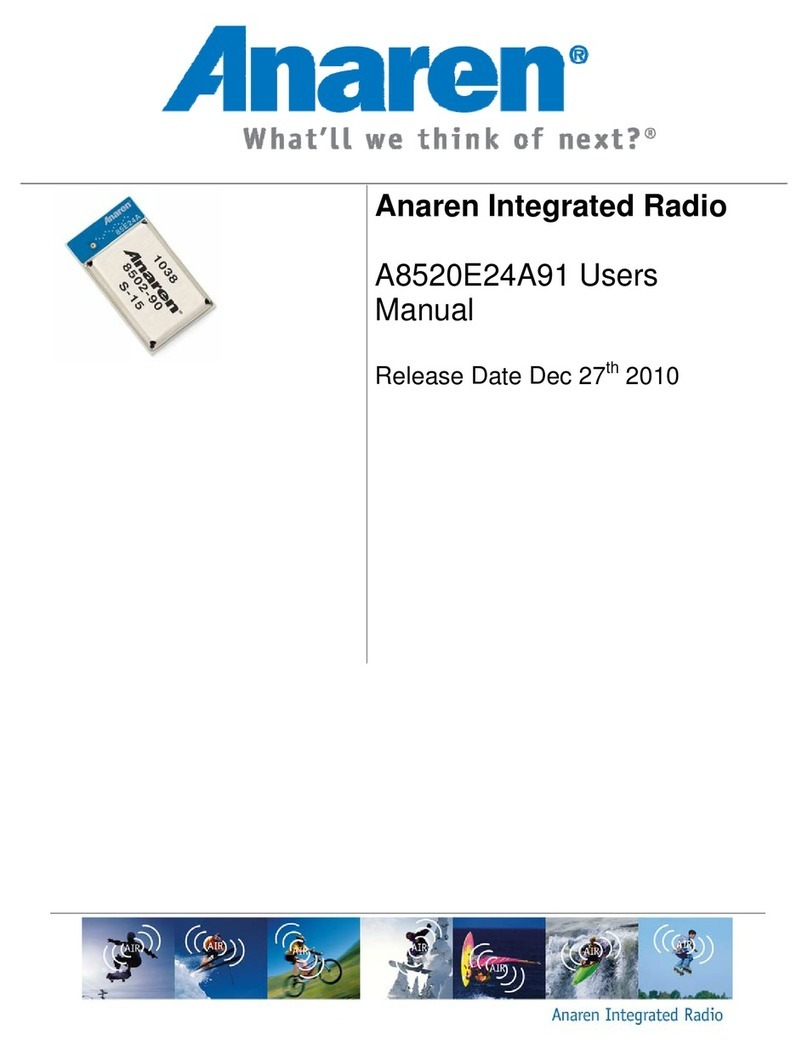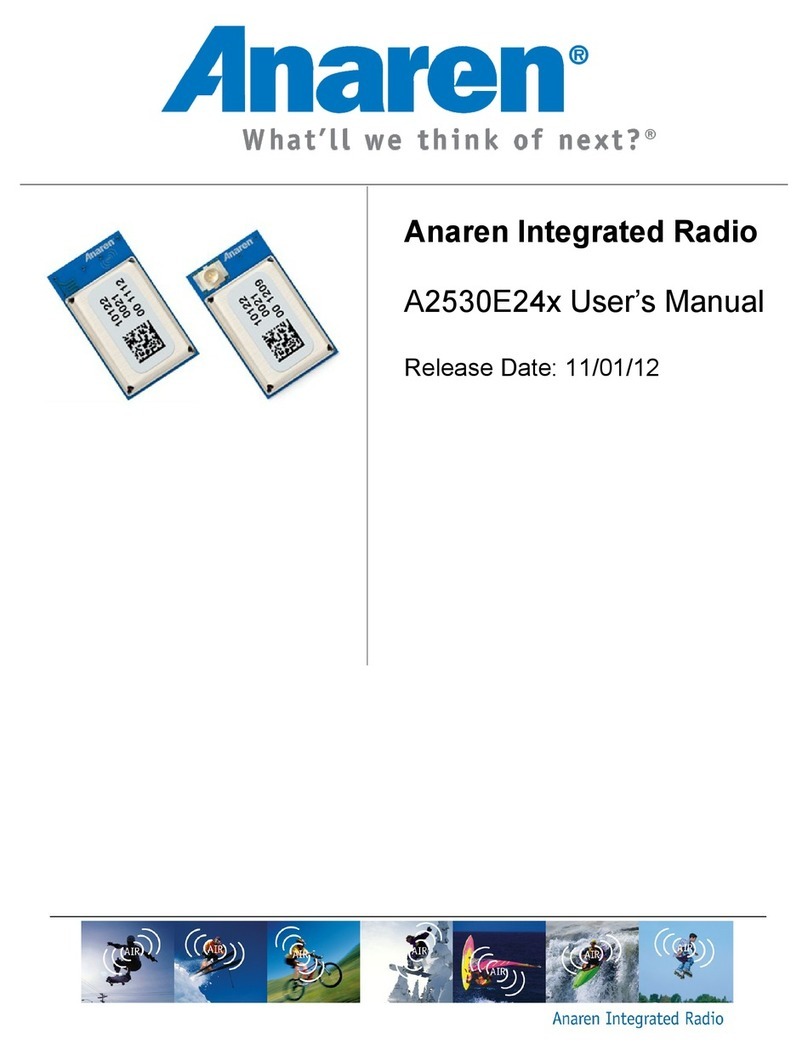
USER'S MANUAL
A1101R04C
Contents
1. Overview ..........................................................................................................................................................5
1.1. Features.......................................................................................................................................................6
1.2. Theory of Operation..................................................................................................................................6
1.2.1. Typical Flow........................................................................................................................................8
1.3. Configuration...........................................................................................................................................10
1.4. Applications.............................................................................................................................................10
2. Approvals and Usage ...................................................................................................................................12
2.1. Product Approvals..................................................................................................................................12
2.1.1. Europe (Conformité Européenne, )...............................................................................................12
2.2. Potential Interference Sources ...............................................................................................................13
2.2.1. Time critical data...............................................................................................................................13
2.3. Approved Usage .....................................................................................................................................13
2.3.1. Europe ...............................................................................................................................................13
3. Electrical Characteristics ..............................................................................................................................16
3.1. Absolute Maximum Ratings ..................................................................................................................16
3.2. Operating Conditions .............................................................................................................................17
3.3. Pin Out......................................................................................................................................................17
3.4. Recommended Layout (Dimensions in mm)......................................................................................19
3.5. Power Supply Considerations...............................................................................................................19
4. Mechanical and Process................................................................................................................................20
4.1. Radio Module Details (Dimensions in mm) .......................................................................................20
4.1.1. A1101R04C.......................................................................................................................................20
4.2. Packaging Details (Dimensions in mm) ..............................................................................................21
4.2.1. Matrix Tray Packaging .....................................................................................................................21
4.2.2. Tape-Reel Packaging .........................................................................................................................21
4.3. Soldering...................................................................................................................................................22
4.3.1. Manual Mounting Procedure ...........................................................................................................22
4.3.2. Automated Mounting Procedure ......................................................................................................23
